Money seems to disappear faster when you’re traveling, but most budget disasters come from simple mistakes anyone can avoid.
Breaking expensive habits and learning smart money tricks can save you hundreds of dollars on your next trip.
Americans who travel frequently have discovered proven ways to stretch their vacation budgets without sacrificing fun or comfort.
1. Stop Overpacking and Paying Baggage Fees
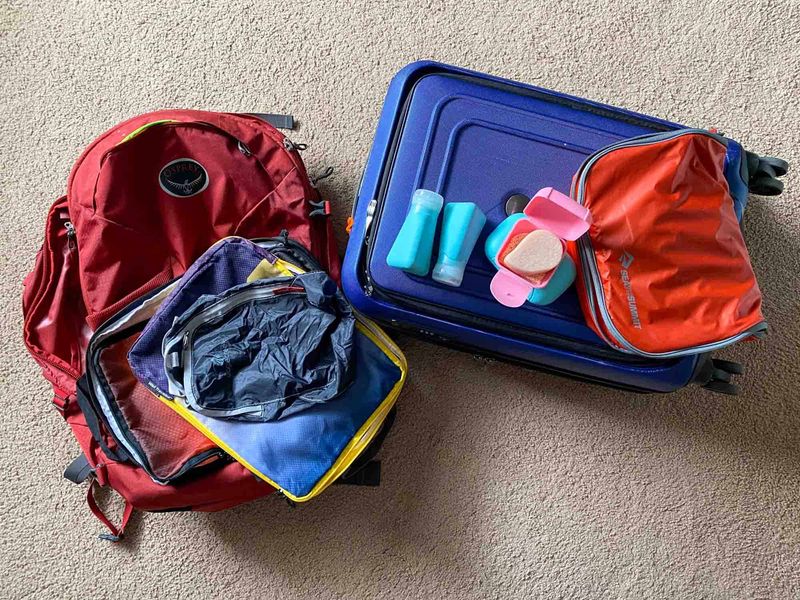
Airlines love charging baggage fees because travelers keep paying them without thinking twice. Most major carriers charge $30 or more for each checked bag, and fees double on your return trip.
Smart packers master the art of fitting everything into a carry-on suitcase. Rolling clothes instead of folding saves space, and wearing your heaviest items on the plane keeps your bag light.
Planning your outfits ahead of time prevents bringing clothes you’ll never wear. Many travelers pack for every possible situation, but you can always buy forgotten items at your destination.
2. Avoid Buying Overpriced Airport Food and Drinks

Airport restaurants charge restaurant prices for gas station quality food. A simple sandwich and water bottle can cost $15 or more, which adds up quickly during long travel days.
Bringing your own snacks saves money and ensures you eat foods you actually enjoy. Granola bars, nuts, and dried fruit travel well and won’t spoil during delays.
Empty water bottles pass through security, and you can fill them at fountains once you’re inside. Many airports now have bottle-filling stations specifically designed for travelers who want to avoid overpriced drinks.
3. Quit Using Out-of-Network ATMs Abroad
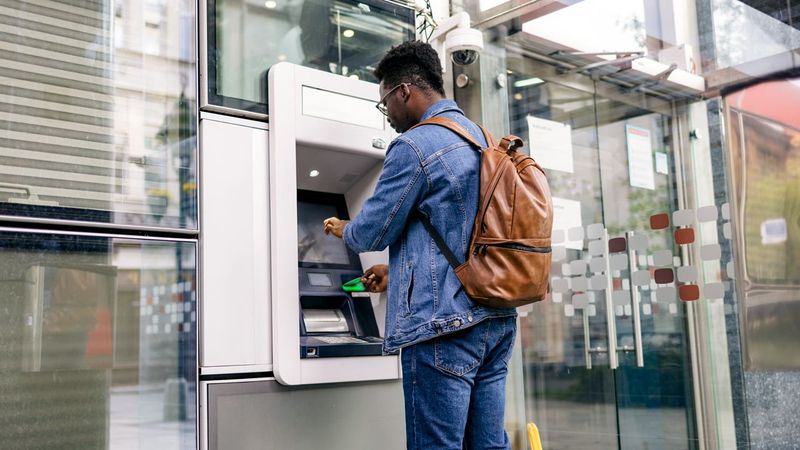
Foreign ATM fees attack your account from multiple angles, often charging $5 per transaction plus terrible exchange rates. These small charges add up to serious money over a week-long vacation.
Your home bank probably charges additional international fees on top of what the foreign ATM demands. Some travelers lose $50 or more just from ATM fees during a single trip.
Travel-friendly banks like Charles Schwab reimburse all ATM fees worldwide. Withdrawing larger amounts less frequently also reduces the total number of fee-charging transactions you’ll need to make.
4. Stop Making Last-Minute Bookings Without Research
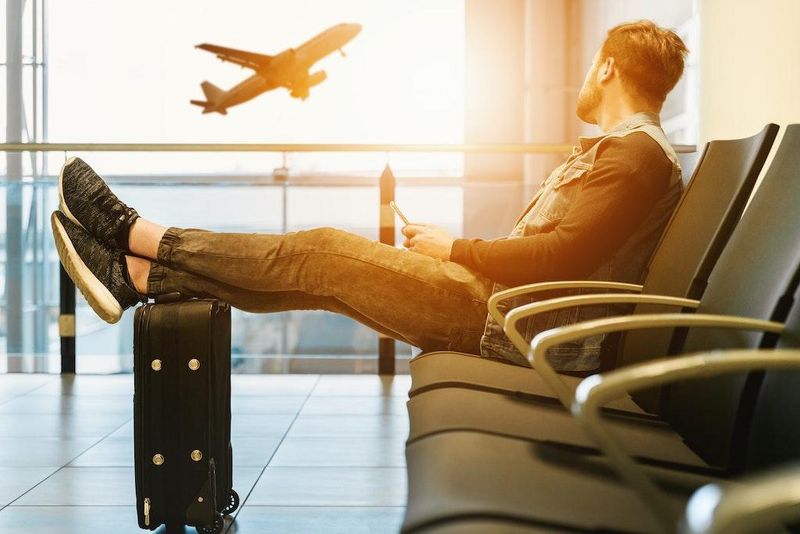
Spontaneous trips sound romantic, but they’re budget killers that leave you with expensive leftovers nobody else wanted. Airlines and hotels raise prices as availability shrinks, knowing desperate travelers will pay anything.
Even planning just two weeks ahead opens up significantly better options and prices. Last-minute bookers often get stuck with inconvenient flight times, poor hotel locations, or sold-out attractions.
Price comparison websites work best when you have time to check multiple options. Rushing through bookings means missing deals that could save hundreds of dollars on the exact same trip.
5. Avoid Dining in Obvious Tourist Trap Restaurants

Restaurants near famous landmarks charge premium prices because they know tourists will pay once and never return. These places focus on location over food quality, leaving you with expensive disappointment.
Walking just two or three blocks away from major attractions usually leads to authentic restaurants where locals actually eat. These hidden gems offer better food at reasonable prices.
Ask hotel staff or taxi drivers where they eat lunch for honest recommendations. Tourist trap restaurants rarely satisfy anyone, while local favorites create memorable dining experiences that don’t destroy your budget.
1. Use Credit Cards with Generous Travel Rewards

Travel rewards credit cards turn your regular spending into free flights and hotel stays. Cards like Chase Sapphire Preferred offer valuable points plus travel insurance protection for major purchases.
Many travel cards waive foreign transaction fees, saving 3% on every international purchase. These savings add up quickly when you’re buying meals, souvenirs, and activities abroad.
Sign-up bonuses often provide enough points for a free round-trip flight after meeting minimum spending requirements. Responsible card users essentially get paid to travel by maximizing rewards on purchases they’d make anyway.
2. Book Flights on Tuesdays and Wednesdays

Airlines frequently release sales and adjust prices on Tuesday mornings, making mid-week the sweet spot for finding deals. Business travelers book Monday and Friday flights, leaving Tuesday and Wednesday less crowded.
Flying on these unpopular days often costs $100-200 less than weekend departures. The savings multiply for families booking multiple seats on the same flight.
Flexible travelers who can adjust their schedules by even one day often discover significant price differences. Setting up price alerts for multiple departure dates helps you spot the best deals when they appear.
3. Choose Vacation Rentals and Boutique Hostels

Vacation rentals through Airbnb or Vrbo often cost less than hotels while providing more space and kitchen access. Cooking some meals yourself saves money and lets you experience local grocery stores and markets.
Modern hostels have evolved far beyond cramped dorm rooms, offering private accommodations with shared common areas. Many feature beautiful designs and social atmospheres that hotels can’t match.
Rental properties work especially well for groups or longer stays where hotel costs become prohibitive. Having a kitchen, laundry, and living space makes vacation rentals feel more like temporary homes than tourist accommodations.
4. Travel During Off-Season Periods
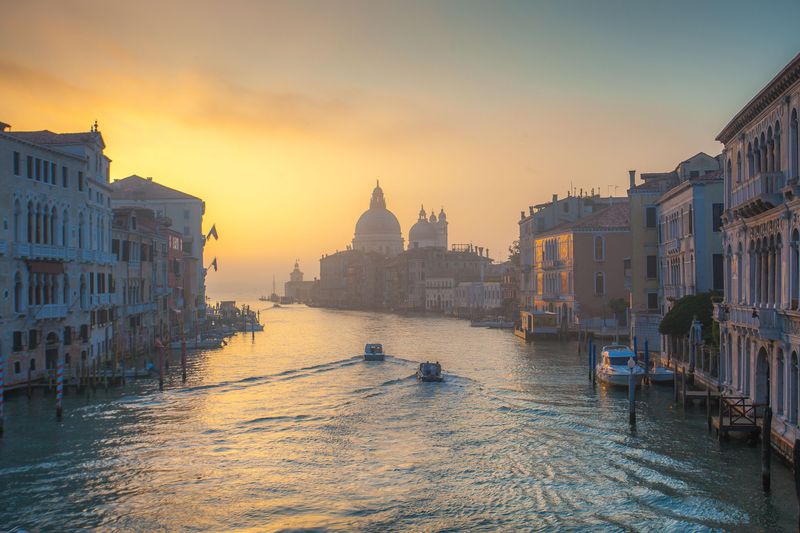
Popular destinations charge premium prices during peak seasons when demand outstrips supply. Shoulder seasons offer the same attractions with better weather than you might expect and significantly lower costs.
Off-season travel means shorter lines, less crowded attractions, and more personal attention from hotel staff. Many travelers discover they prefer destinations without massive tourist crowds.
Flight and hotel prices can drop by 40% or more during slower periods. Research your destination’s weather patterns to find months with good conditions but fewer visitors seeking the same experiences.
5. Download Essential Offline Maps and Apps
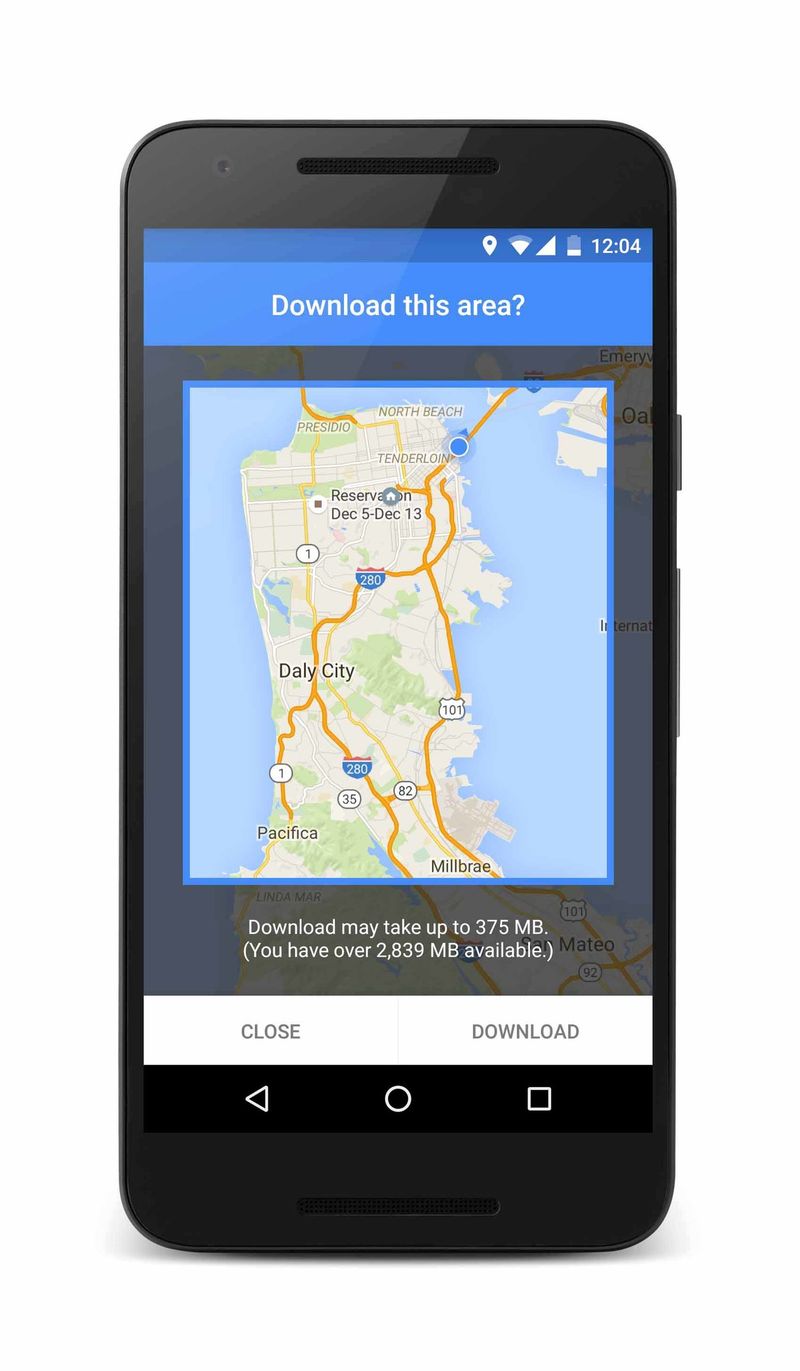
International data roaming charges can exceed $10 per day, but offline apps work without any internet connection. Google Maps allows downloading entire city maps before you travel.
Currency conversion apps like XE Currency store current exchange rates offline, preventing expensive mistakes when shopping or dining. Splitwise helps groups track shared expenses without needing constant internet access.
Having offline access prevents desperate situations where you need directions or translations but can’t afford data charges. These free tools often work better than expensive international phone plans for short trips.
6. Take Advantage of Money-Saving City Passes

Tourist city passes bundle multiple attractions into one discounted price, often saving 30-50% compared to individual admission fees. These passes work best for travelers who plan to visit several paid attractions.
Many city passes include public transportation, eliminating taxi costs between attractions. Some even provide skip-the-line access, saving time as well as money at popular museums and landmarks.
Research which attractions interest you most before buying any pass. City passes pay for themselves when you visit three or four included attractions, but they’re wasteful if you prefer free activities like parks and markets.
7. Bring a Refillable Water Bottle with Filter
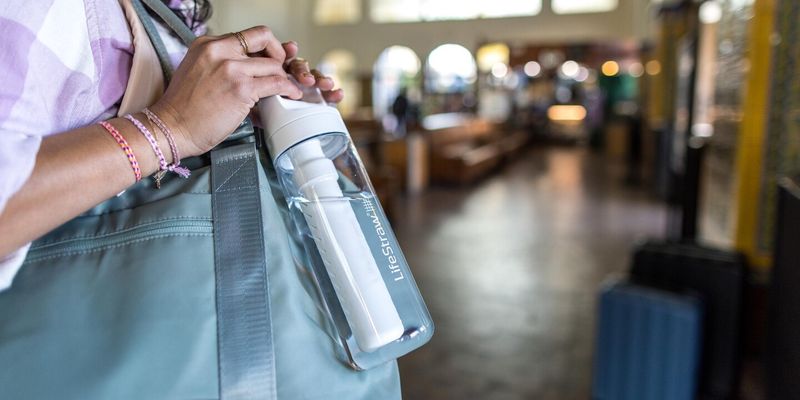
Bottled water costs add up quickly in tourist areas where vendors charge $3-5 per bottle. A quality refillable bottle pays for itself within days while reducing plastic waste.
Water filter bottles like LifeStraw allow safe drinking from taps in destinations where water quality varies. This eliminates the need to buy bottled water even in developing countries.
Many airports, hotels, and attractions now provide water refill stations specifically for travelers carrying reusable bottles. Staying hydrated becomes affordable and environmentally responsible with this simple preparation step.



